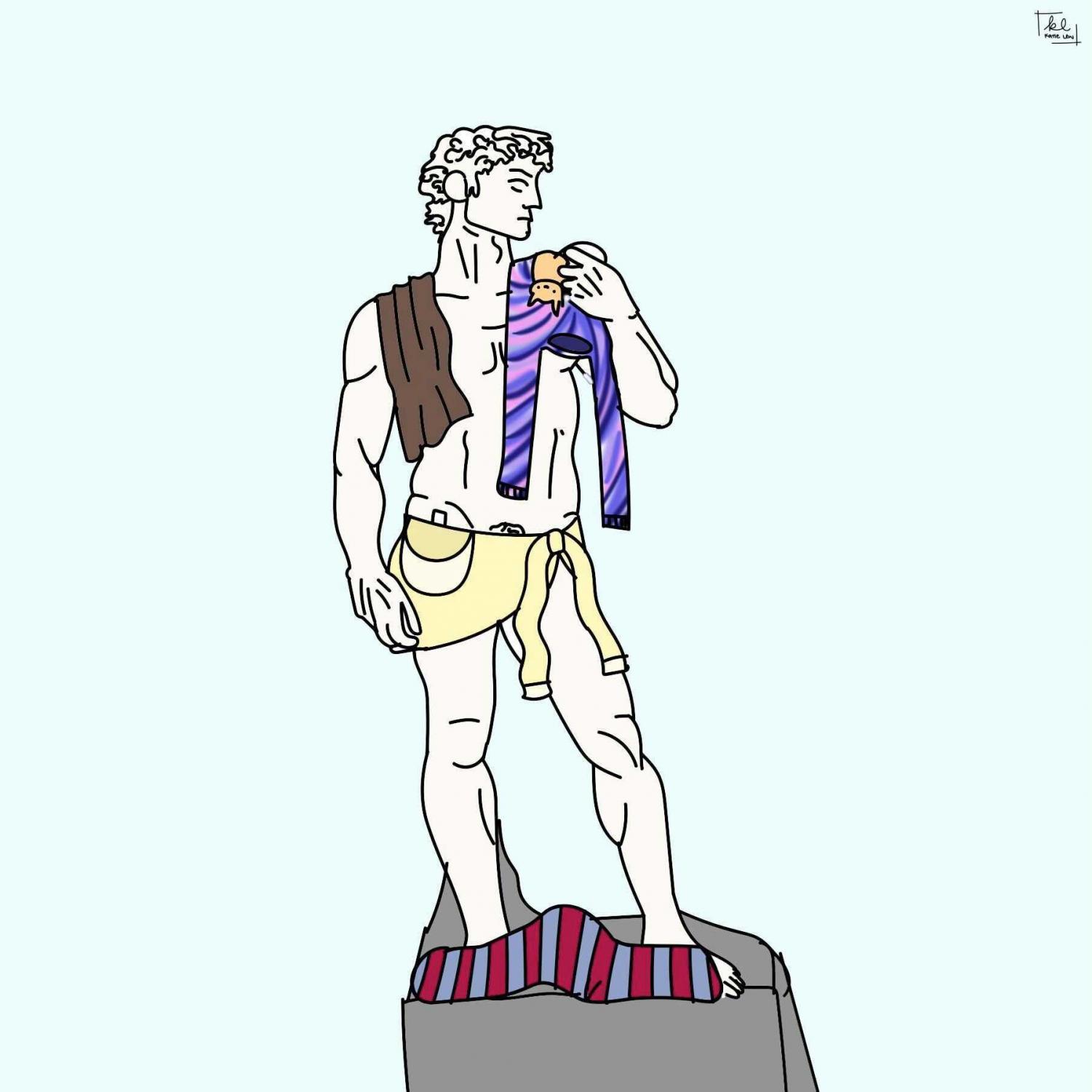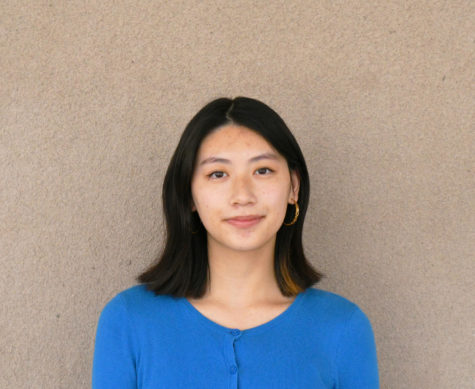Opinion: Censorship obstructs art’s purpose, inhibits individual expression
May 10, 2021

Censorship can be dated all the way back to ancient Greek and Roman times. Works of literature and art that were prohibited a long time ago are widely available and used nowadays in modern life. Michelangelo, Marcel Duchamp and Diego Rivera were all considered wrong or offensive at one time or another. But in the twentieth century, censorship has got to a more extreme measure by getting the government and legal systems involved.
A replica of the Venus De Milo sculpture had to be taken down and banned in Mannheim, Germany because it was convicted and condemned for nudity. Venus De Milo is one of the most famous works from the ancient Greeks. Since the beginning of Greek art, male nudity was common due to men frequently being seen nude in athletic competitions. Since the rediscovery of Venus De Milo, there began the politicization of female beauty. I actually found this sculpture to be empowering and resembling femininity instead of inappropriate. The sculpture is famous for her missing arms and as a symbol of female beauty.
Another example of censorship in the art world is when Balhu’s Therese Dreaming (1938) had to get a petition signed to get New York’s Metropolitan Museum of Art to control the way people looked at it. People were opposing this piece because the young girl depicted in the painting is sitting in a suggestive pose. An online petitioner stated that “The MET is perhaps unintentionally supporting voyeurism and objectification of children.” Museums were originally established to protect artistic freedom and allow different forms of artistic expression. Yet, now more than ever, there is a great deal of censorship happening within these artistically free spaces.
There are often deeper meanings behind these artworks that are deemed inappropriate. Ai WeiWei is an artist most known for his art, activism, and especially his movement against the Chinese government. He uses his creativity to speak out against censorship, the art market, and China’s ruling government. In 2011, he was detained after the police searched his studio and confiscated his items. Then, shortly after an 81-day detention and four years of house arrest, his studio in Shanghai was destroyed. And just a few days before Power Station of Art in Shanghai was to stage an exhibition for the winners of the Chinese Contemporary Art Award, officials dropped his name from the art list and removed his work, Sunflower Seeds, that was previously shown from display.
Art is interesting to look at for many reasons, one of them being that it causes a reaction from the viewer. Art can often impact what and how we see things. Just like if someone were to watch a movie, the experience will not be fully immersive if the viewer is only watching scenes here and there and skipping around instead of watching the whole movie. If there are bits and pieces missing from an artwork, viewers can’t fully connect or indulge in that work.
To be creatively free, creators have to look past criticisms and opinions thrown at their artworks, and the viewers have no right to ban something that they might not fully understand or agree with. Censorship is so normalized nowadays that artists are afraid to make art that is even slightly controversial. Suppression of ideas limits expression to the narrow range of messages that are considered acceptable in art. By limiting the possibilities of art, we are also limiting the possibility of awareness and knowledge. Although it might not be in our best interests to acknowledge everything, ignorance isn’t bliss.
Writer Jan Korzinsky once wrote, “The principle of art is to pause, not bypass. The principles of true art are not to portray, but to evoke. This requires a moment of pause, a contract with yourself through the object you look at or the page you read. In that moment of pause, I think life expands.” Art gives life meaning and helps us understand our world and the people around us better.
Art is meant to be expressive and symbolic, and artists should be able to produce powerful and meaningful works without being hatefully criticized. So even if something may be offensive to certain audiences, the work isn’t forcing itself upon the viewers nor you as an individual, so you can simply choose to walk away from it.


